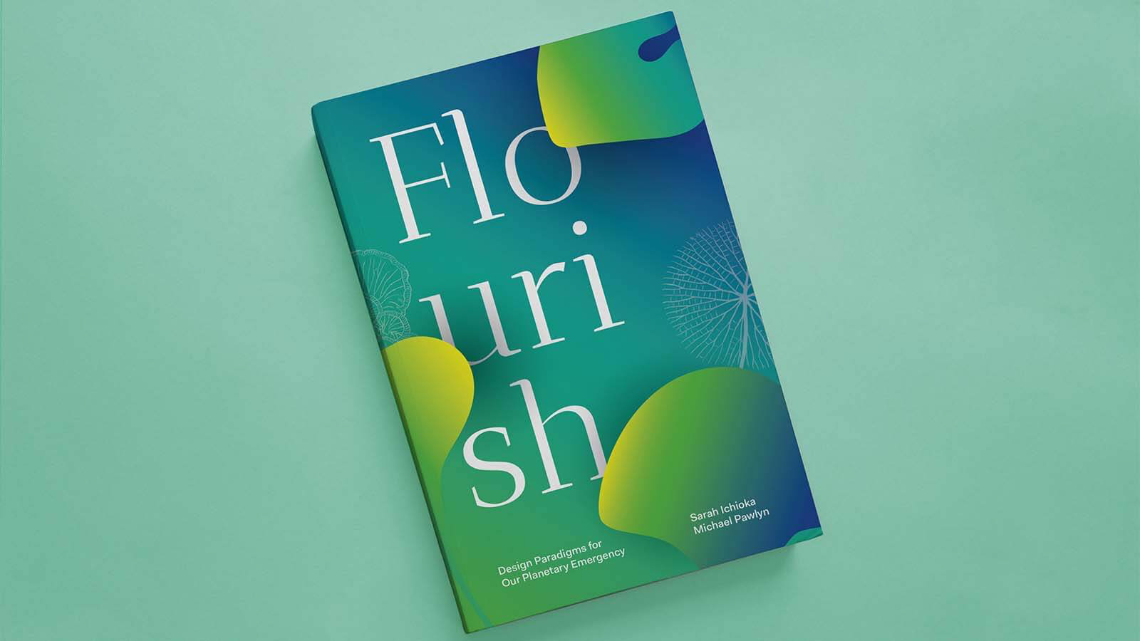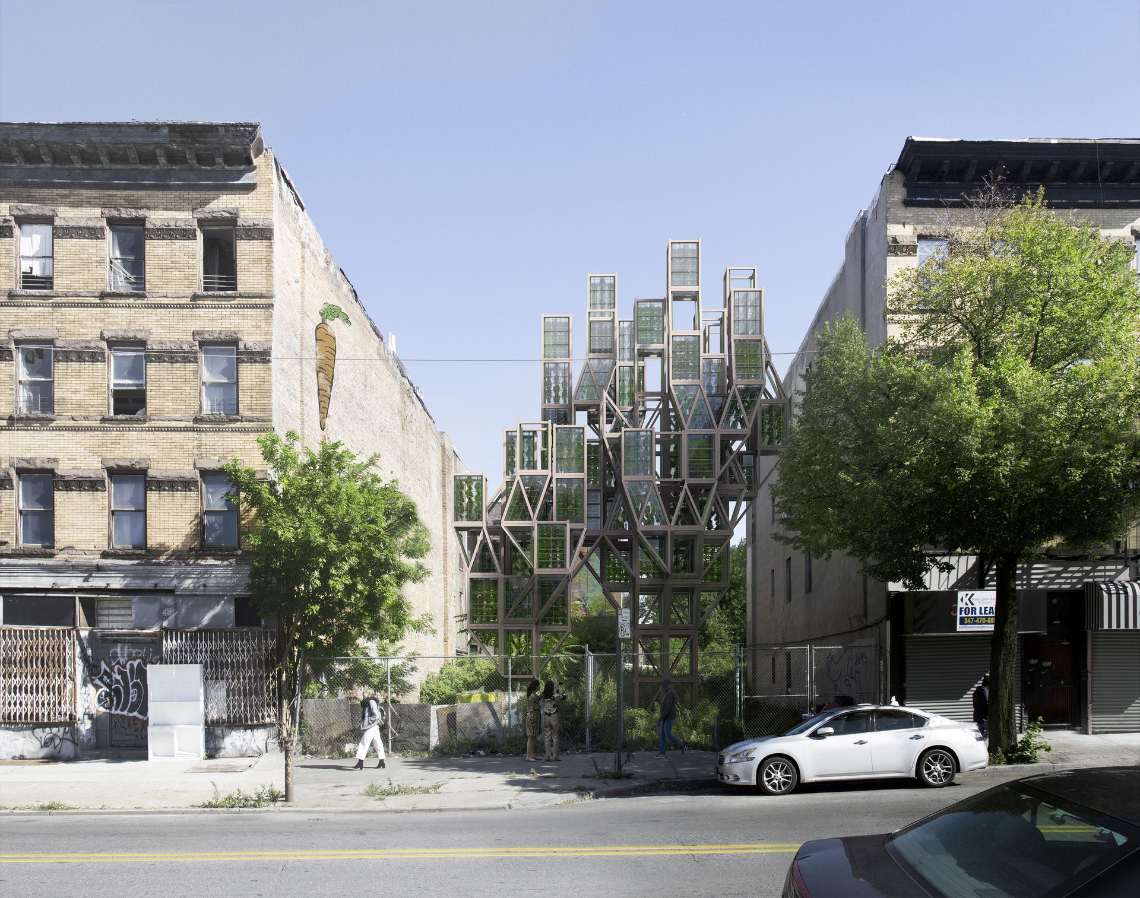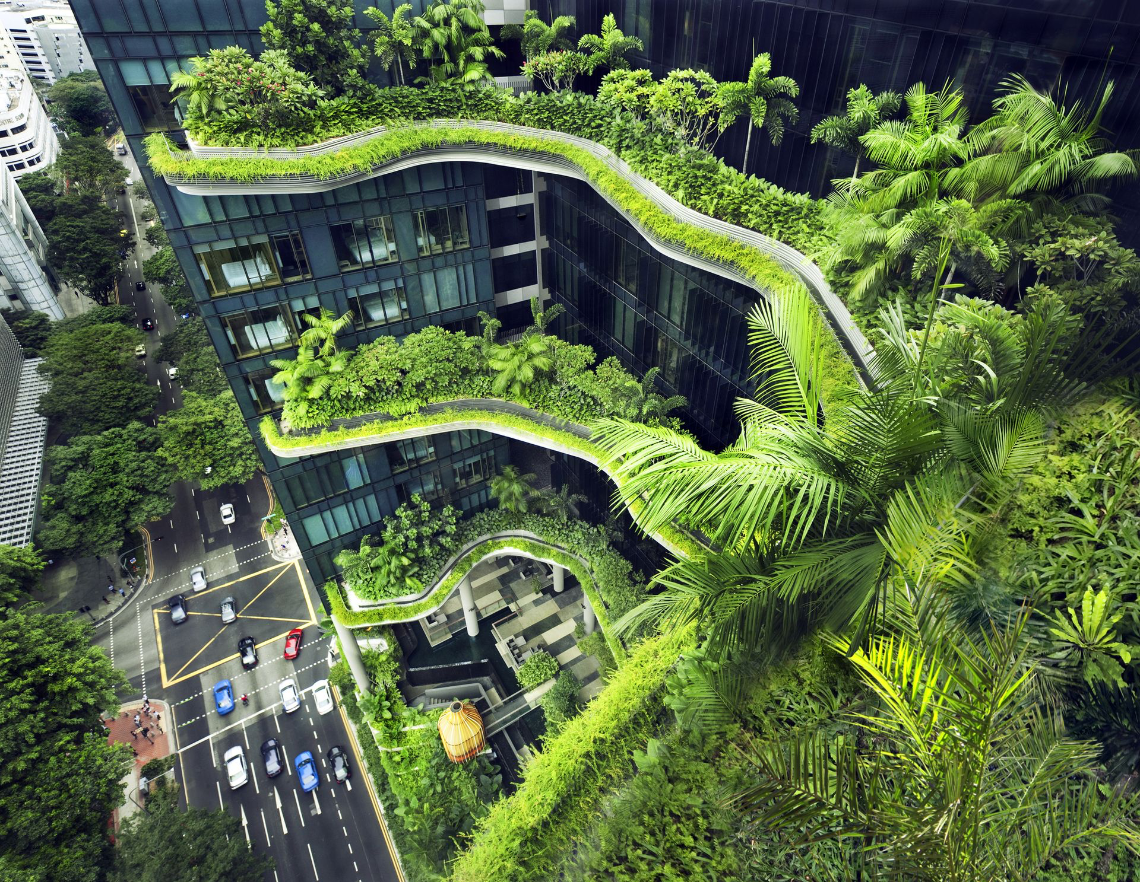Infinite growth is the leading fantasy of our time, often overlooking the scarcity of resources and the needs of future generations. It’s crucial that we shift our shared narrative. Meet Singapore’s leading urbanist and strategist Sarah Ichioka, former director of The Architecture Foundation and co-author of the impactful book ‘Flourish’. In this episode of Memberful Design, Harald Dunnink and Sarah Ichioka take a deep dive into regenerative design.

Photo: Harald Dunnink in conversation with Sarah Ichioka
How can we design infrastructure and communities to collectively forge a sustainable path forward? Join us for a call to action that focuses on cooperative living and planetary health. Listen now on Spotify and Apple Podcasts.
This eye-opening design podcast is a visual journey too. Browse the episode gallery on memberful.design.
Highlights
5 gallery highlights from this episode:
- In their book, Flourish, Sarah and architect, Michael Pawlyn, delve into the pressing need to reimagine our world and unlock the transformative potential of regeneration through design. Flourish presents a new foundation for designing buildings, infrastructure, and communities, so we can collectively forge a path forward.

- Sarah Ichioka’s co-author Michael Pawlyn is a British architect noted for his work in the field of biomimicry in design. In this inspiring video series by Dezeen, he explores how computational design tools allow architects to mimic the natural world in order to create buildings that positively contribute to the health of the environment.
- Beyond architecture and flashy buildings, regenerative design is about systems thinking – about looking at the net impact we have on the overall environment. Designs should allow for mutually supportive relationships and create a thriving ecosystem between humans and nature. ArchDaily explores the many ways that “right” can look like, including this proposal for a modular, vertical farm in the streets of Brooklyn by Framlab.

- Shared success starts with communities. That’s why Sarah is adamant about supporting younger generations, creating opportunities for them to connect. By building communities centered around productive conversations for change, we can start to make an impact for the future. Explore I2C’s six principles for regenerative design.
- Singapore is a great example of how we can build for multi-species living in our urban environments, allowing animals like water birds, otters, and insects to thrive in a crowded city. As designers, Sarah argues we should increasingly embed our relationship with nature into our practice. Explore Singapore’s biodiverse cityscape in its many shapes and forms.
